What is Strawberry Teeth Whitening
Strawberry teeth whitening is a popular DIY method that involves using strawberries to naturally whiten your teeth. This technique has gained traction as a cost-effective and accessible alternative to professional whitening treatments and commercial products. The primary concept revolves around the natural acids present in strawberries, primarily malic acid, which acts as a natural astringent. Proponents claim that the malic acid helps remove surface stains, resulting in a brighter smile. While the appeal of natural remedies is undeniable, understanding how this method works, along with its benefits, limitations, and potential risks, is crucial before trying it. The before and after results can vary significantly depending on individual factors, so manage your expectations accordingly.
Benefits of Strawberry Teeth Whitening
One of the primary advantages of strawberry teeth whitening is its natural approach. Unlike some chemical-based whitening products, strawberries are considered a gentler alternative, making them appealing to individuals with sensitive teeth. The method is also relatively inexpensive, as it utilizes a readily available fruit, eliminating the need for costly dental treatments. Many users appreciate the simplicity and ease of application, as the process can be incorporated into their existing oral hygiene routine at home. Furthermore, strawberries offer potential benefits beyond whitening, as they contain antioxidants and vitamins that contribute to overall oral health. The antioxidant properties may help combat inflammation and protect against oral diseases, making it a dual-purpose approach to dental care.
How Does Strawberry Teeth Whitening Work
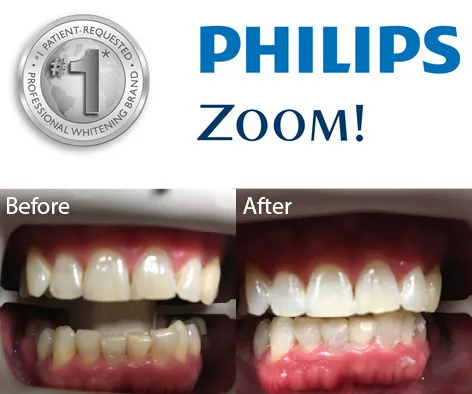
The effectiveness of strawberry teeth whitening is primarily attributed to malic acid, a natural compound found in strawberries. Malic acid acts as an astringent, helping to remove surface stains from your teeth. When you mash or blend strawberries, this acid is released and can come into contact with your teeth. As you brush or apply the mixture, the acid works to break down the compounds causing discoloration. However, the whitening effect is typically limited to removing superficial stains, such as those caused by coffee, tea, or certain foods. It’s important to understand that strawberry teeth whitening might not be as effective on deeper stains or intrinsic discoloration, which can be caused by factors like genetics, medications, or dental trauma. The process is also not as potent as professional whitening treatments, but it can provide a noticeable improvement for some individuals.
Strawberry Teeth Whitening Step-by-Step
Follow these steps to use strawberries for teeth whitening effectively. Remember that consistency is important, and results may vary based on your initial tooth shade and the type of stains present. Always consult with your dentist before starting any new teeth whitening regimen, particularly if you have sensitive teeth or existing dental issues. Properly following the steps will ensure that you can safely and effectively improve the brightness of your teeth. It is a simple procedure that, when done correctly, can lead to a noticeable improvement in your smile’s appearance.
Step 1 Prepare Your Strawberries
Start by selecting a few ripe strawberries. Fresh, ripe strawberries are best because they contain the highest concentration of malic acid. Wash the strawberries thoroughly to remove any dirt or residue. Remove the green stems and leaves. Mash the strawberries into a paste using a fork, or blend them until you get a smooth consistency. Ensure there are no large chunks left to avoid any potential irritation during application. Aim for a thick, even paste that will adhere well to your teeth.
Step 2 Mixing the Ingredients
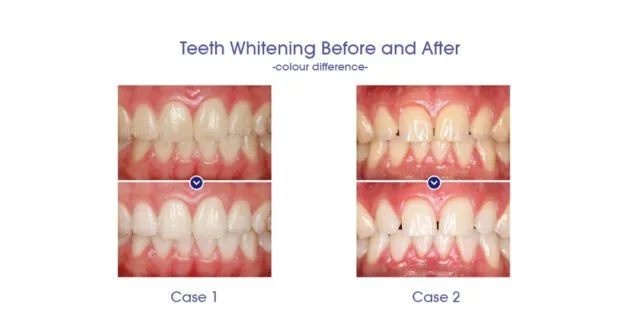
To enhance the whitening process, you can mix the strawberry paste with other ingredients. A common addition is baking soda, a mild abrasive that helps remove surface stains. Add a small amount of baking soda to the strawberry paste – about a half teaspoon for every two or three strawberries. Mix the ingredients well to form a consistent paste. Some people also add a few drops of hydrogen peroxide for added whitening power. If you choose to use hydrogen peroxide, use a low concentration (3%) and mix it carefully with the other ingredients. However, be cautious when using hydrogen peroxide, as it can irritate your gums or teeth.
Step 3 Applying the Mixture
Once you have your strawberry mixture ready, apply it to your teeth. You can use a soft-bristled toothbrush or your fingers to spread the paste evenly over your teeth. Ensure all surfaces are covered, including the front, back, and sides of your teeth. Leave the mixture on your teeth for a few minutes – typically 2 to 5 minutes. Avoid leaving it on longer, as the acid could potentially erode your enamel. During this time, the malic acid and other ingredients will work to break down stains. You may experience some mild tingling or sensitivity, which is normal.
Step 4 Brushing Your Teeth
After the mixture has been on your teeth for the recommended time, brush your teeth gently. Use a soft-bristled toothbrush and make small, circular motions. Brush for about 1 to 2 minutes to remove the strawberry paste and any remaining stains. Be careful not to brush too aggressively, as this can damage your enamel. Make sure to reach all areas of your teeth, including the hard-to-reach spots. This step is crucial to ensure all of the mixture is removed and to help polish your teeth. A gentle but thorough approach is best for achieving optimal results.
Step 5 Rinsing and Results
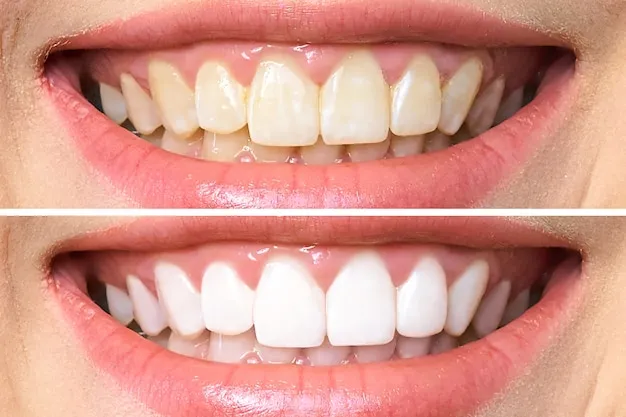
After brushing, rinse your mouth thoroughly with water to remove any remaining residue. Look in the mirror and check your teeth for any noticeable changes. Many people will experience some immediate improvement after the first application, but the full effect may not be immediately apparent. For the best results, repeat the process a few times a week, but do not exceed the recommended frequency to avoid potential enamel erosion. You may also use a fluoride-based toothpaste to help strengthen your enamel after each treatment. Remember that results vary from person to person, so be patient and consistent.
Strawberry Teeth Whitening Before & After Results
The before-and-after results of strawberry teeth whitening vary widely. Some individuals may experience noticeable improvements after just a few applications, while others may see minimal changes. Factors such as the type and severity of stains, the initial shade of your teeth, and your overall oral hygiene habits significantly influence the outcome. For mild surface stains, strawberry teeth whitening can be effective in providing a brighter smile. However, for more stubborn or deeper stains, the results may be less dramatic. It’s essential to manage your expectations and understand that this method is not as powerful as professional treatments. Taking ‘before’ and ‘after’ photos can help you track your progress and assess the effectiveness of the treatment over time.
Factors Influencing Whitening Results
Several factors can impact the effectiveness of strawberry teeth whitening. The type of stains you have plays a crucial role. Surface stains, such as those from coffee, tea, or tobacco, are more likely to respond well to this method. Intrinsic stains, which originate from within the tooth structure, may be less responsive. Your current oral hygiene habits are also essential. Regularly brushing, flossing, and visiting your dentist for professional cleanings can improve the effectiveness of the strawberry treatment. Genetics also influence the natural shade of your teeth, with some individuals having inherently whiter teeth than others. Finally, consistency is key. Regularly using the strawberry whitening method as directed over several weeks is more likely to produce noticeable results than occasional use. It is important to acknowledge and consider these factors before starting any teeth whitening process.
Maintaining Your White Smile After Whitening
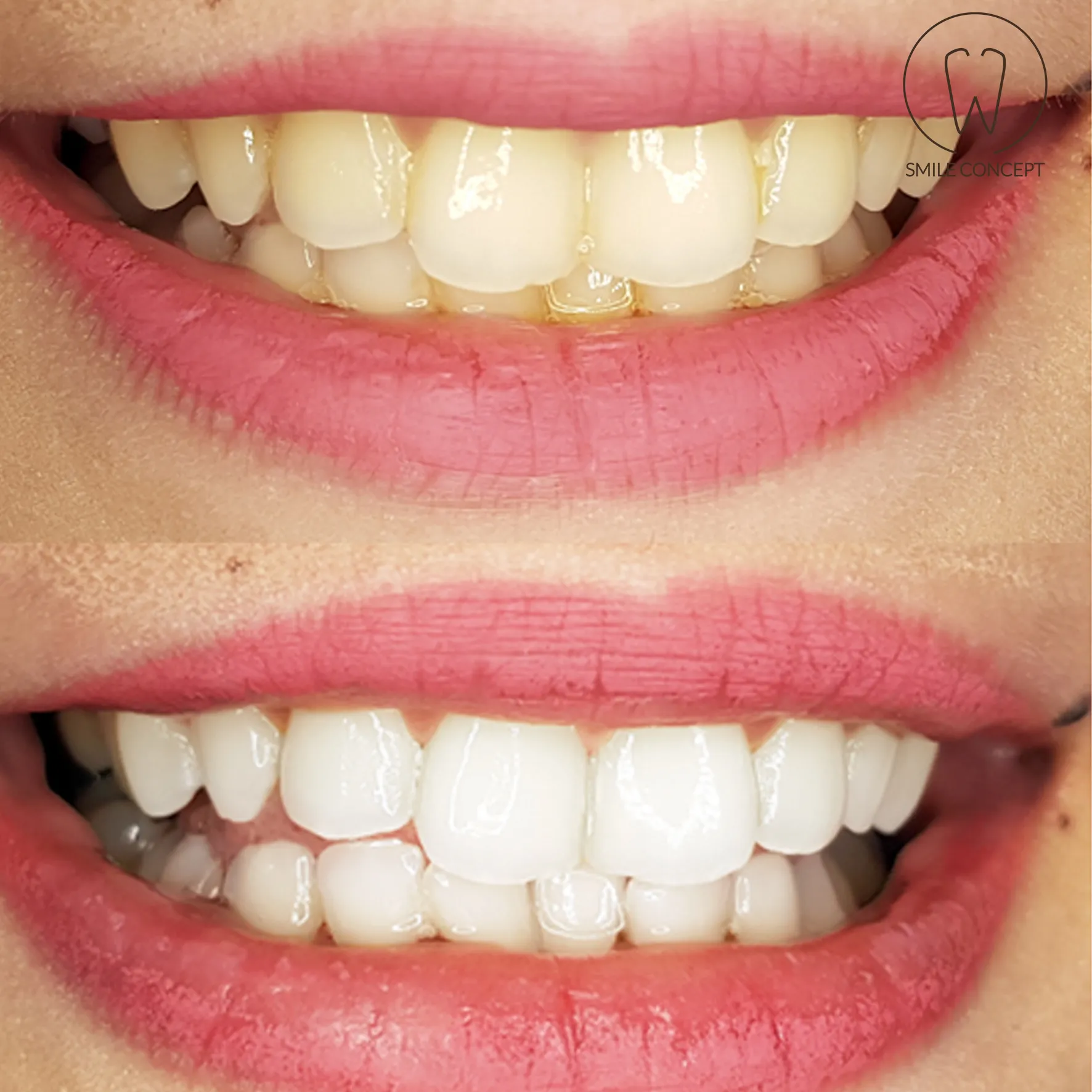
Maintaining a bright smile after whitening requires consistent care and attention. Regularly brush and floss your teeth to remove plaque and prevent new stains from forming. Avoid or limit your consumption of stain-causing foods and beverages, such as coffee, tea, red wine, and dark-colored berries. If you do consume these items, rinse your mouth with water afterward to minimize their impact. Regular dental check-ups and cleanings are essential to maintain your white smile and address any emerging dental issues. Consider using a whitening toothpaste or mouthwash as part of your daily oral hygiene routine to help maintain the brightness of your teeth. Using a straw can also help to limit the contact of stain-causing drinks with your teeth.
Tips to Keep Your Smile Bright
In addition to the above recommendations, here are some additional tips to keep your smile bright. Consider using over-the-counter whitening strips or trays for maintenance, as these can provide a more potent whitening effect than strawberries. Avoid smoking and using tobacco products, as they are major contributors to teeth discoloration. Stay hydrated by drinking plenty of water, which helps rinse away food particles and bacteria. Chew sugar-free gum, which stimulates saliva production, helping to wash away food debris and neutralize acids. Incorporate a diet rich in calcium and vitamin D, which are essential for strong and healthy teeth. Make sure to brush and floss at least twice daily.
Potential Risks and Side Effects
While strawberry teeth whitening is generally considered safe, there are potential risks and side effects. The malic acid in strawberries, while helpful for whitening, can also erode tooth enamel if used excessively or with abrasive methods. This can lead to increased tooth sensitivity and a higher risk of cavities. Some individuals may experience temporary tooth sensitivity after using this method. Overuse can also irritate your gums or soft tissues in the mouth. Mixing strawberries with baking soda or hydrogen peroxide increases the potential for sensitivity and irritation. If you experience any adverse effects, discontinue use and consult with your dentist. It is important to maintain caution and moderation while trying this method.
When to Consult a Dentist
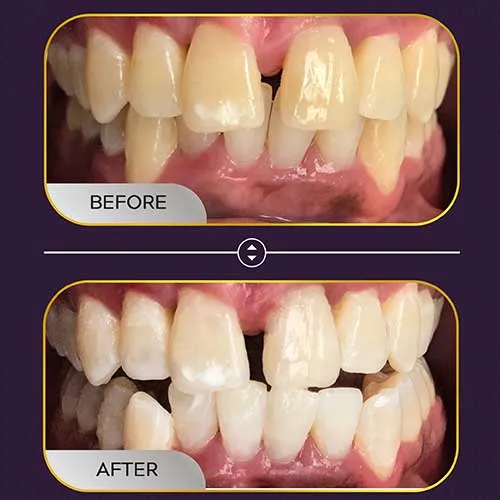
Consult your dentist before attempting strawberry teeth whitening. They can assess your oral health, determine the cause of any discoloration, and recommend the most appropriate treatment. If you have existing dental problems, such as cavities, gum disease, or sensitive teeth, it is essential to address these issues before starting any whitening treatment. Consult your dentist if you experience any persistent tooth sensitivity, gum irritation, or other adverse reactions. If you are not satisfied with the results of strawberry teeth whitening, your dentist can recommend alternative whitening options. Regular dental check-ups are vital for maintaining overall oral health, and your dentist can provide personalized advice and care.
